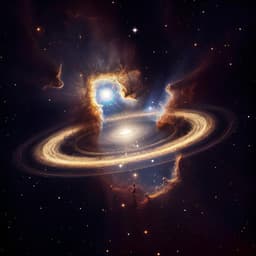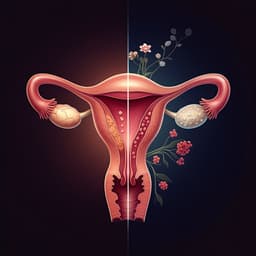
Space Sciences
Bound star clusters observed in a lensed galaxy 460 Myr after the Big Bang
A. Adamo, L. D. Bradley, et al.
This paper reveals the discovery of gravitationally bound star clusters in an ancient lensed galaxy, shedding light on their proto-globular characteristics and implications for early galaxy formation and reionization. Conducted by esteemed researchers including Angela Adamo and Larry D. Bradley, this study challenges our understanding of star cluster evolution in the universe's infancy.
~3 min • Beginner • English
Related Publications
Explore these studies to deepen your understanding of the subject.







